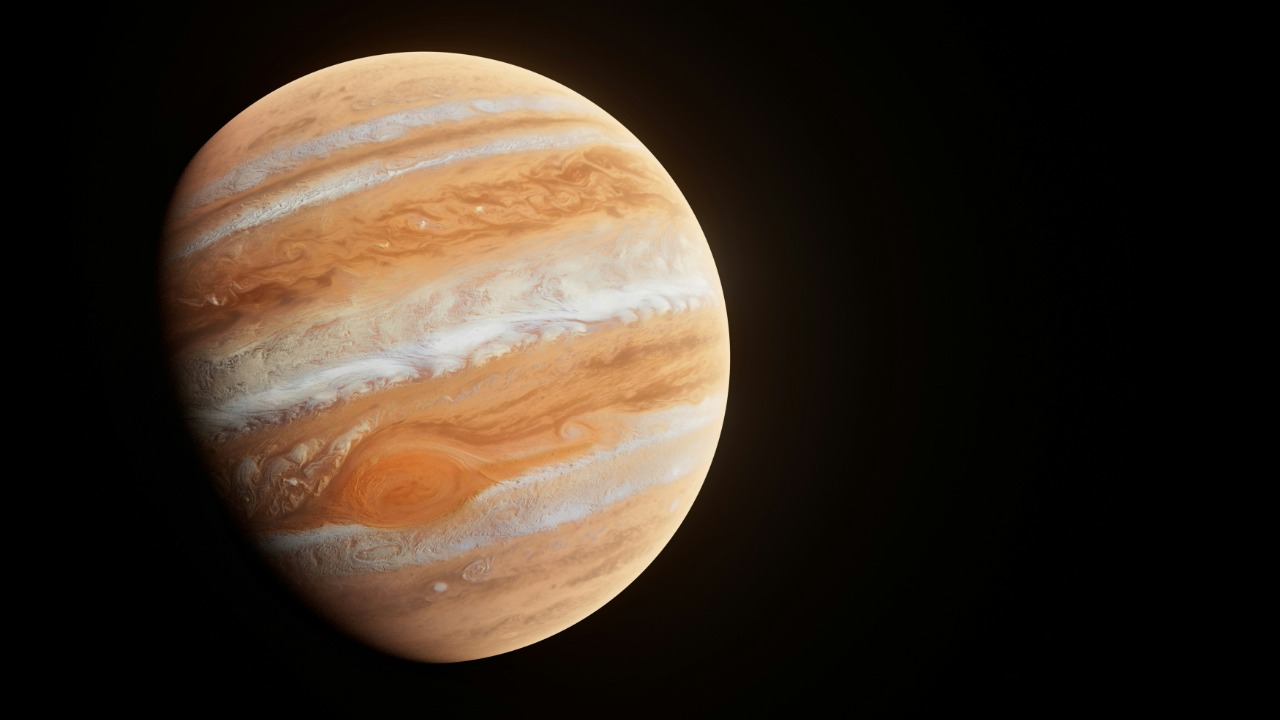
Intriguing observations of our solar system’s largest planet, Jupiter, have stirred up the astronomical community. Enigmatic, repeating flashes of light have been detected on the gas giant, which for now, continue to baffle scientists. Let’s dive deep into this cosmic conundrum, exploring the details of these flashes and the theories behind their existence.
Understanding the Repeating Flashes
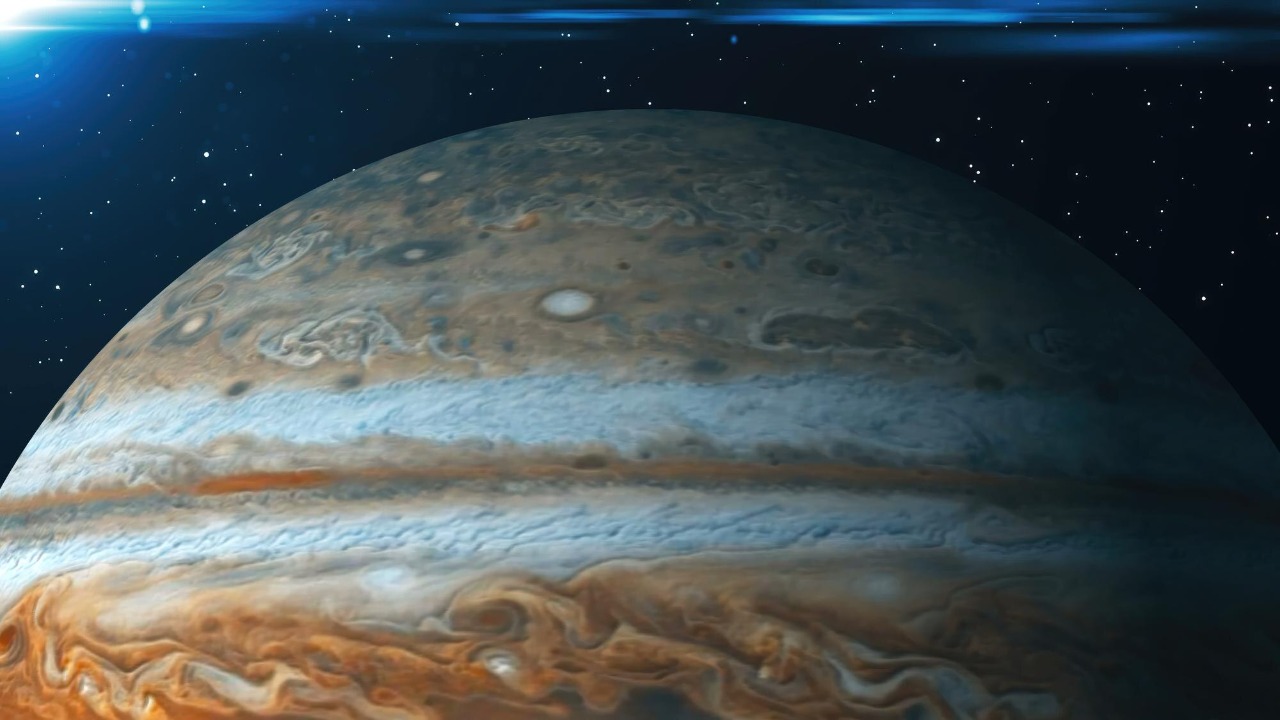
The phenomenon in question involves irregular, repeating flashes of light that appear to originate from within Jupiter’s dense cloud layers. These flashes have been observed to occur at varying intervals, with some instances reported to be just seconds apart, while others have been noted to occur with hours in between. The exact duration of each flash also varies, but they typically last for a few minutes.
Such flashes are not entirely exclusive to Jupiter. Similar occurrences have been observed on other celestial bodies such as super-Earths. However, the scale and frequency of flashes on Jupiter seem to be unique, leaving scientists with a tantalizing mystery to solve.
The Tools and Techniques for Observation
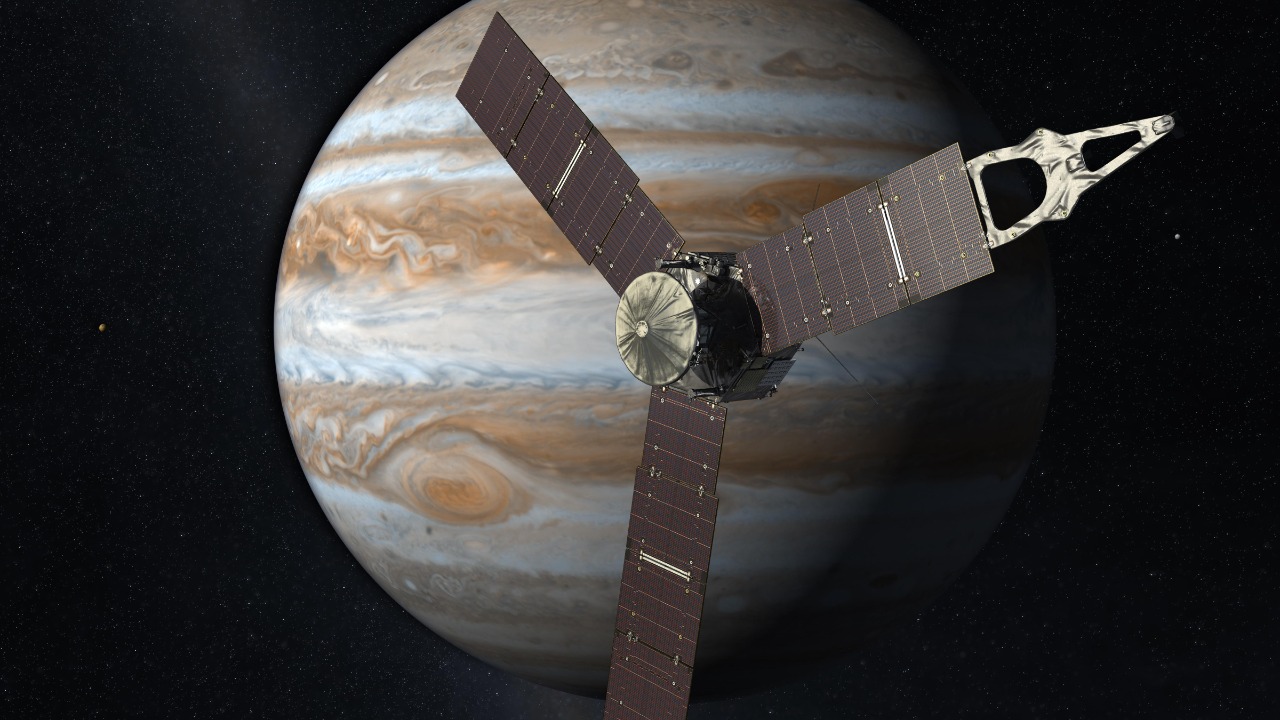
Observing these flashes on Jupiter is no easy task. It requires high-tech telescopes and spacecraft capable of penetrating Jupiter’s thick atmosphere. One such tool is NASA’s Juno spacecraft, which has been instrumental in observing these flashes. Juno’s unique orbit and advanced onboard instruments allow it to capture detailed images and data from Jupiter’s atmosphere.
These tools do more than just observe; they are key in helping scientists understand the underlying mechanisms of these flashes. For example, the data collected can be used to study the composition of the atmosphere where the flashes occur, shedding light on possible causes.
Scientific Theories Behind the Flashes
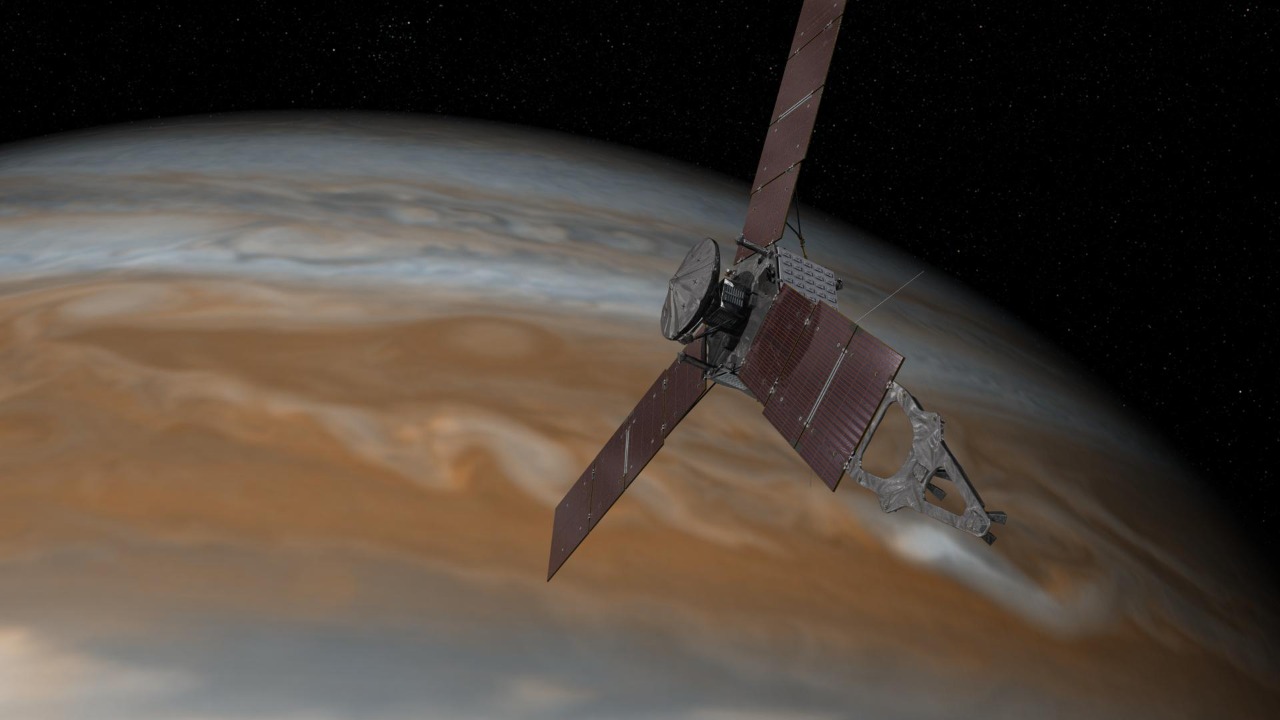
Several theories have been proposed to explain the cause of these flashes on Jupiter. One such theory is the occurrence of shallow lightning, a phenomenon that NASA’s Juno spacecraft has previously observed. Another theory suggests the involvement of ‘mushballs’—large chunks of water-ammonia hail—that might be causing these flashes.
These theories are heavily intertwined with Jupiter’s unique atmospheric conditions. The presence of high amounts of ammonia, extreme temperatures, and the planet’s intense magnetic field could potentially create an environment conducive for such unusual phenomena.
The Role of Jupiter’s Atmosphere
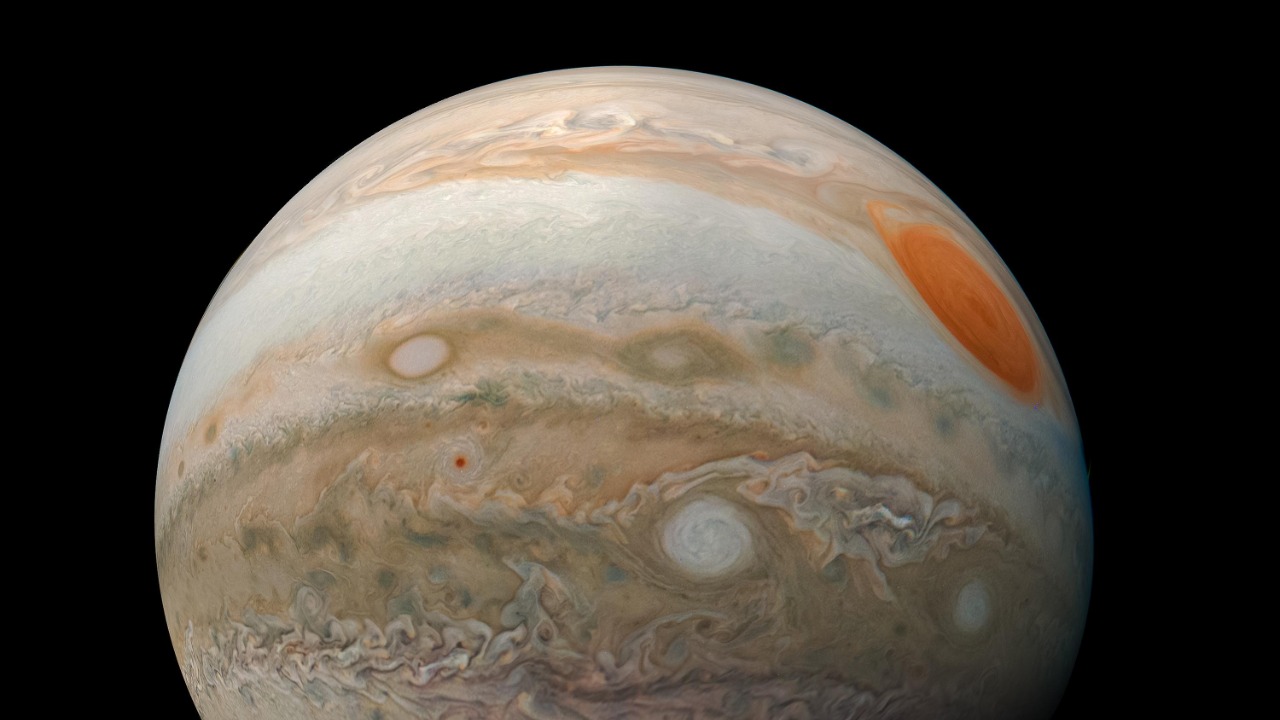
Jupiter’s atmosphere is peculiar. It’s abundant in hydrogen, helium, and ammonia, and these elements might play a critical role in the formation of the flashes. For instance, the abundant ammonia could be linked to the ‘mushball’ theory, as it facilitates the formation of these large hailstones.
Furthermore, Jupiter’s rapid rotation and intense magnetic field create a turbulent atmosphere with extreme weather phenomena. This unique environment could potentially provide the necessary conditions for these strange, repeating flashes.
Implications for Understanding Jupiter and Solar System
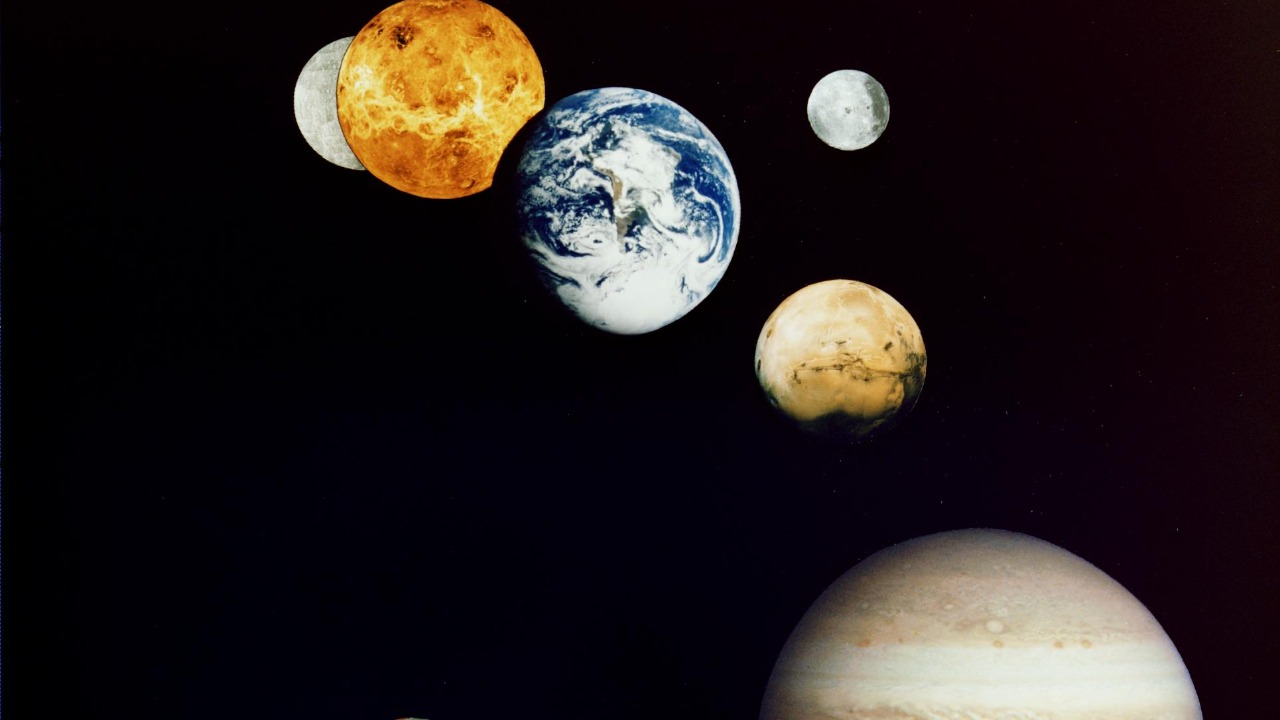
These flashes, while puzzling, may hold significant implications for our understanding of Jupiter. They could reveal unknown aspects of Jupiter’s atmosphere, its weather patterns, and how its unique environment interacts with incoming solar radiation or internal processes.
On a broader scale, these flashes could also impact our comprehension of our solar system. By comparing the characteristics of these flashes with similar phenomena on other planets, we can gain valuable insights into the similarities and differences between various planetary atmospheres. This could offer a more nuanced understanding of the diverse environments within our solar system.
Possible Future Discoveries
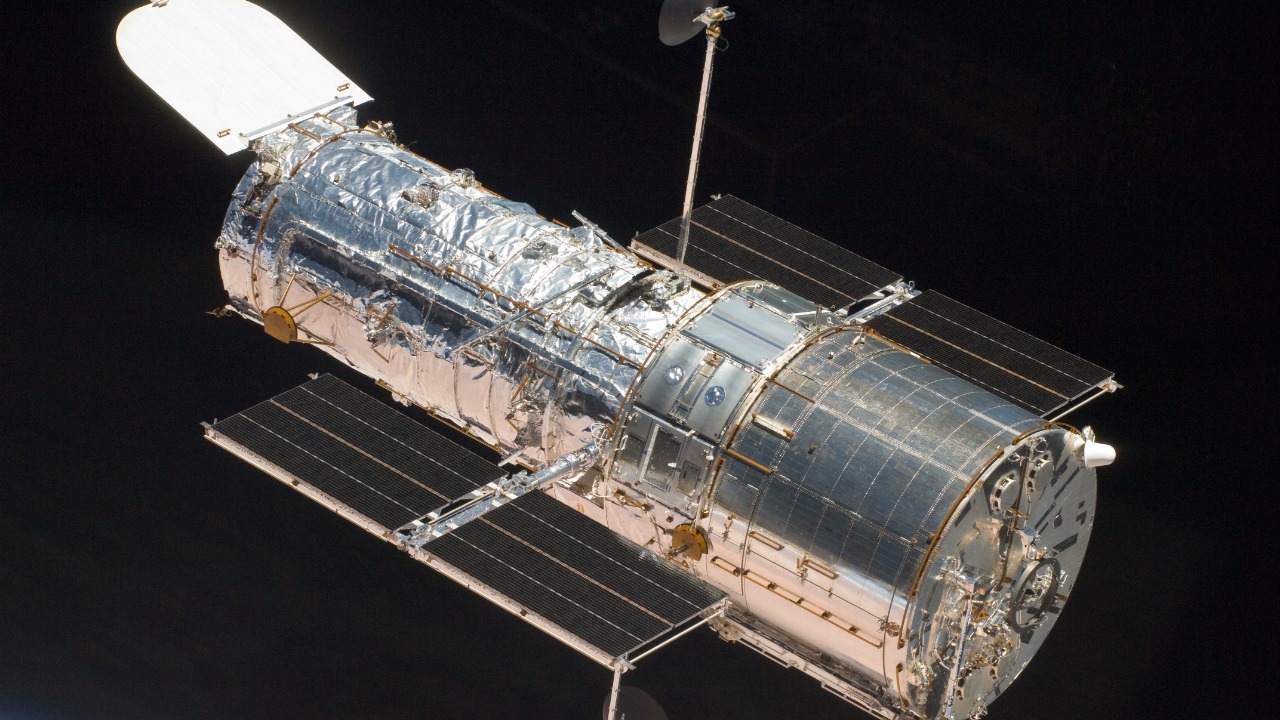
As our technology advances and our understanding of Jupiter’s atmosphere deepens, it’s plausible that we may soon unravel the mystery behind these flashes. Future discoveries could come from new spacecraft missions, more advanced telescopes, or through the analysis of data from current observatory tools like the Hubble Space Telescope.
These potential discoveries could not only elucidate the nature of the flashes on Jupiter but could also have a profound impact on our understanding of the universe. They could provide answers to other enigma as well, such as the source of mysterious deep-space signals that have puzzled astronomers for years. As we continue to observe and study these celestial mysteries, we are constantly reminded of how much we have yet to learn about the universe around us.